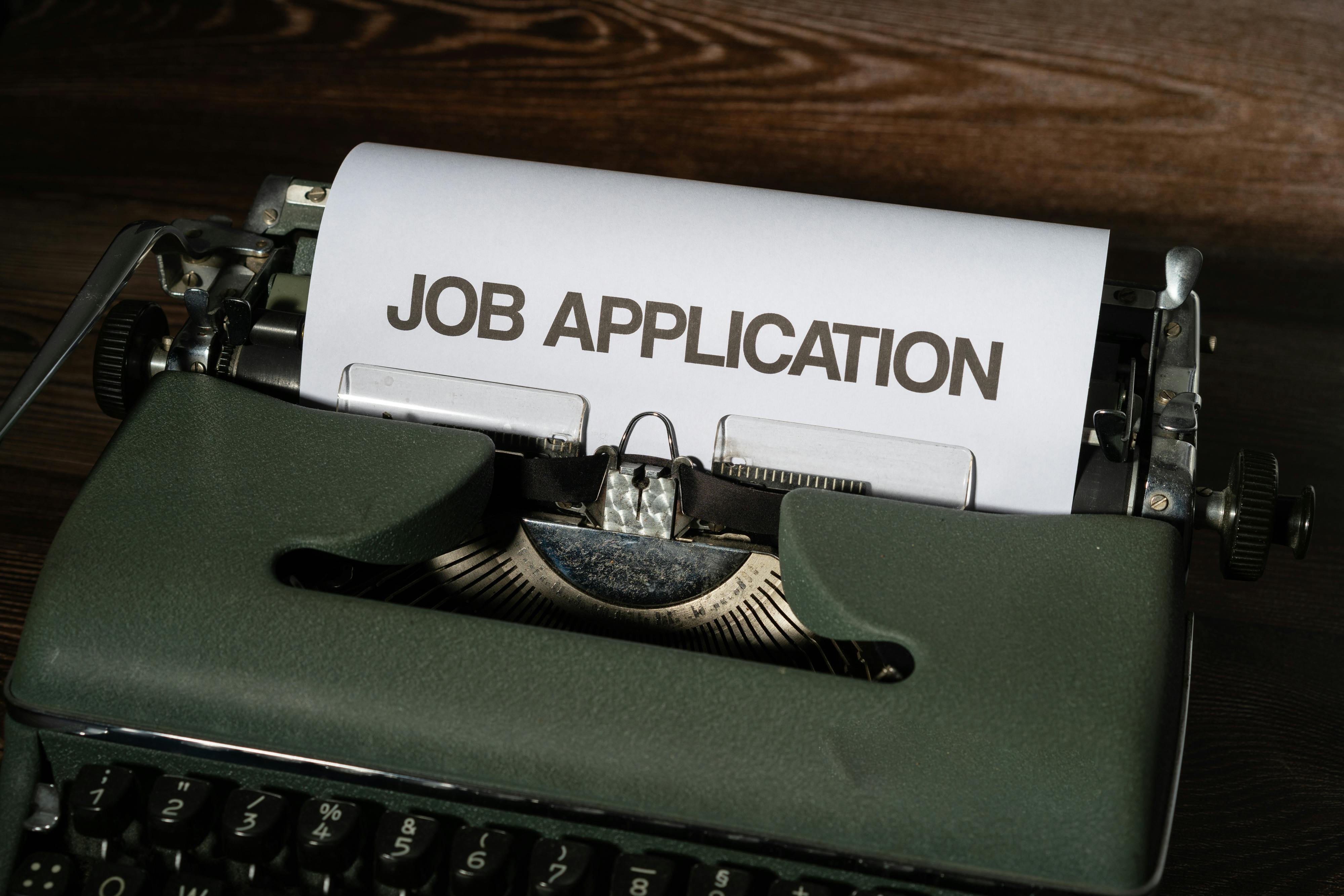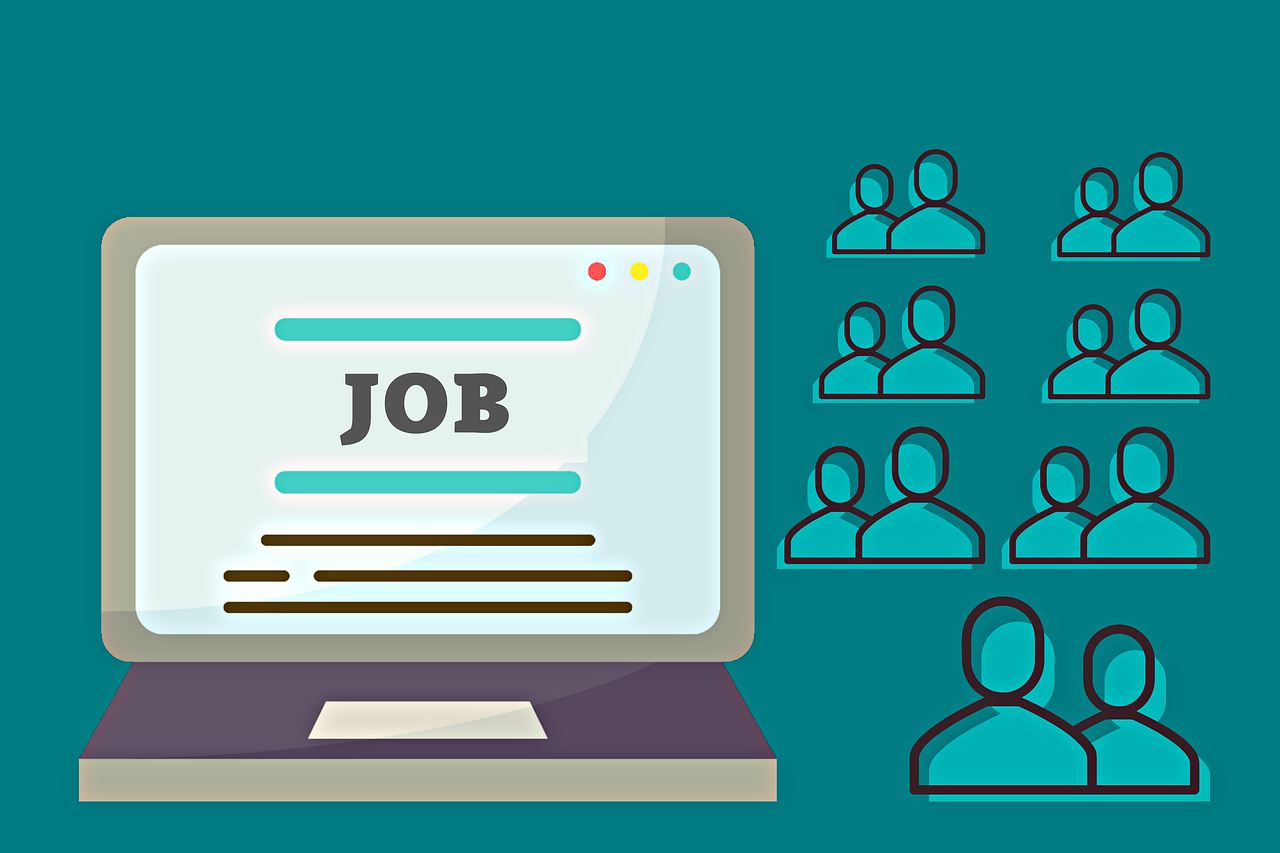If you are engineers facing challenges in securing interviews, your resume may contain significant errors that could be disqualifying you right away. Let’s identify these five frequent resume pitfalls and address them, enabling you to receive interview invitations promptly.

Mistake #1: Using a Generic, One-Size-Fits-All Resume
Recruiters and hiring managers seek particular skills and keywords in your resume. If your resume does not align with the job description, it may be rejected—frequently by an Applicant Tracking System (ATS) before it is reviewed by a person.
How to Fix:
✅ Tailor your resume for each job by including relevant skills and keywords from the job description.
✅ Use clear section headings like “Technical Skills” and “Projects” to make it easy to scan.
✅ Highlight experience and achievements that align with the job requirements.
Mistake #2: Lack of Quantifiable Achievements
Many engineering resumes resemble job descriptions, merely outlining duties rather than highlighting achievements.
How to Fix:
✅ Use numbers and data to show your impact (cost savings, efficiency improvements, project size, team management).
✅ Structure each bullet point using the CAR framework (Challenge – Action – Result):
Challenge: What was the problem?
Action: What did you do?
Result: What was the measurable impact?
Mistake #3: Overloading Your Resume with Technical Jargon
Numerous engineers believe that incorporating intricate technical jargon will captivate recruiters. However, this approach can render your resume challenging to comprehend, ultimately diminishing your likelihood of being chosen.
It’s important to note that hiring managers are not exclusively engineers; many are HR professionals tasked with reviewing resumes. If they find your resume unclear, they are likely to pass over it in favor of others.
How to Fix:
✅ Simplify technical explanations without removing critical details.
✅ Instead of writing “Implemented Finite Element Analysis (FEA) using ANSYS to optimize mechanical structures”
✅ Ensure your key skills stand out in a dedicated “Technical Skills” section.
Mistake #4: Poor Resume Formatting and Structure
A well-crafted resume is ineffective if it lacks readability. Numerous engineers often fall into common formatting pitfalls.
How to Fix:
✅ Use a clean, professional layout with clear section headings.
✅ Stick to standard fonts like Arial, Calibri, or Times New Roman.
✅ Use bullet points instead of paragraphs for experience and skills.
✅ Keep your resume one page (if you’re a fresher) or two pages (if you have 5+ years of experience)
Mistake #5: No Strong Summary or Headline
Many engineers skip the resume summary or just write generic statements.
How to Fix:
✅ Write a strong resume summary that highlights:
Your years of experience (or relevant projects if you’re a fresher).
Your key skills that match the job description.
A notable achievement or specialization.
📌 Resume & Job Application Statistics:
1️⃣ 75% of resumes are rejected by Applicant Tracking Systems (ATS) before they even reach a human recruiter. (Forbes)
2️⃣ Recruiters spend an average of just 6-7 seconds reviewing a resume. (Ladders Research)
3️⃣ 60% of job seekers use the same resume for every job application—reducing their chances of getting an interview. (Zety)
4️⃣ 89% of hiring managers say they reject candidates with poorly formatted resumes. (CareerBuilder)
5️⃣ Resume bullet points with numbers & results get 40% more attention than generic descriptions. (Jobscan)
📌 Engineering Job Market Insights:
6️⃣ The demand for engineers is expected to grow by 7% from 2022 to 2032, adding over 175,000 new jobs in various engineering fields. (U.S. Bureau of Labor Statistics)
7️⃣ 65% of engineering job postings require soft skills like communication, teamwork, and leadership. (LinkedIn Workplace Learning Report)
8️⃣ Only 25% of engineers include measurable achievements on their resumes, even though it increases their chances of selection. (Indeed)
📌 The Power of Networking & LinkedIn:
9️⃣ 85% of jobs are filled through networking, yet only 30% of engineers actively use LinkedIn to grow their professional connections. (LinkedIn)
🔟 A well-optimized LinkedIn profile increases job opportunities by 40%. (HubSpot)

